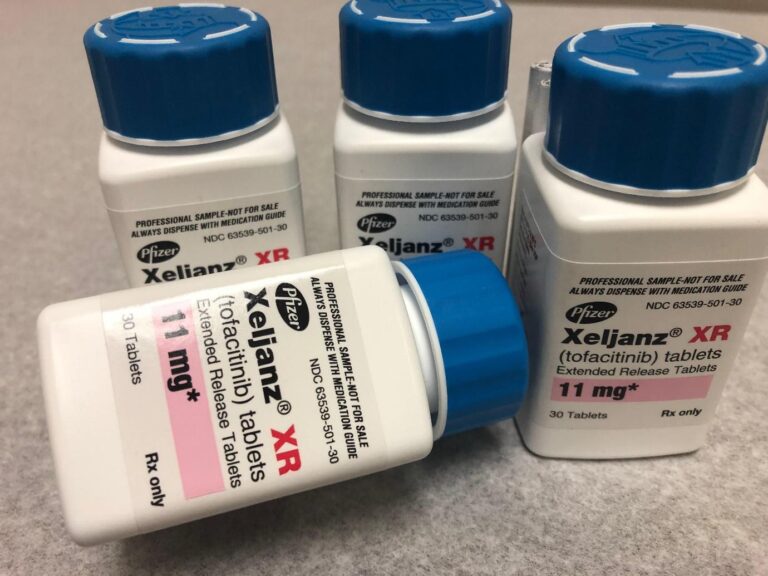Benzene is a chemical with no color. It has a characteristic sweet smell and is highly flammable. At room temperature, it also has a yellow color and evaporates quickly. It occurs organically, despite that most people are exposed to benzene through their actions. If so, is benzene exposure dangerous to human health and the environment?
Seeing the phenomenon of the formation of benzene in the environment must have given you a little insight into the answer. In industry, it is used as an intermediate in the production of other chemical products. For instance, plastics, detergents, medicines, explosives, and pesticides. So now, read this article to find out the clearest answer!
Where Can People Be Exposed to Benzene?
You can be exposed to benzene from items you use every day, such as glue, some art supplies, cigarettes, and cleaning products. Small amounts can also be found in your food, such as canned foods or contaminated foods. The following is a more detailed explanation regarding where the sources of dangerous benzene are nearby.
1. At Work
The highest levels of exposure usually occur in workplaces that use benzene as a production component. Benzene is absorbed quickly and extensively once you inhale and swallow it. Even though absorption does not occur through intact skin, transdermal absorption may contribute to total body exposure.
2. In the Environment
Everyone is exposed to benzene whenever and wherever they are, even in small amounts. The air you breathe normally contains benzene and other pollutants. Thus, people who live in cities or industrial areas are exposed to higher levels of benzene than people who live in rural areas.
About 20 percent of benzene exposure in the United States comes from motor vehicle exhaust gases and industrial emissions. Meanwhile, half comes from cigarette smoke, either from the smoker or from the passive smoker. In this case, is Benzene dangerous for the environment?
Well, the levels become “dangerous” if tobacco smoke is trapped in a closed room. According to the ATSDR (Agency for Toxic Substances and Disease Registry) Information Center, the average active smoker consumes around 1.8 milligrams of benzene (from 32 cigarettes) per day.
The rest of the sources of benzene in the environment are natural, such as gas emissions from volcanoes and forest fires.
3. In Food and Drink
The level of exposure to benzene through food, drink or water sources is not as high as through the air. Despite the low exposure level, is Benzene dangerous when exposed to food and beverages? In fact, benzene is a dangerous addictive substance. It is still possible for it to enter your body through these media.
Benzene has been detected in the water you consume or use for daily purposes. Leaks from underground gasoline storage tanks, household waste dumps, and industrial waste disposal centers generate benzene contamination of water sources.
How Benzene Enters and Leaves Your Body?
Benzene enters your body through your respiratory tract, gastrointestinal tract, and across your skin. When you are in an area with high benzene levels, about half of the benzene you inhale enters the lining of your lungs and bloodstream.
In addition, you are exposed to benzene from food or drinks that have been contaminated with benzene. Most of the benzene, that enters through your mouth, passes your digestive tract and enters your bloodstream.
Likewise, when you come into direct contact with or use products that contain benzene. Your skin will absorb even small amounts of benzene and carry it into your bloodstream.
This is where benzene’s dangerous journey begins. In the bloodstream, benzene spreads throughout your body and temporarily settles in the spinal cord, fat, and liver. There benzene turns into metabolites, which cause several harmful effects to your body.
From the explanation, you may see the answer to the question, “Is benzene dangerous for humans?”. Auspiciously, most metabolites clear out of the body in the urine after about 48 hours.
How Dangerous Benzene is to Human Health?
Interestingly, benzene is part of the twenty most frequently used chemicals. Even so, due to its high carcinogenicity, it tends to be avoided in most practices. Daily inhalation of pollution containing benzene is not considered an immediate risk to human health.
On the other hand, exposure to benzene levels – even relatively low levels – over a long time has long-term effects. For example, leukemia and other cancers. It has been proven by a triumvirate of concerned bodies pushing for greater transparency in industries that use benzene.
The Center for Public Integrity (CPI), the Mailman School of Public Health at Columbia University, and The Graduate Center of the City of New York University united to pressure the government to publish several documents. They contain information on the hazardous effects of benzene.
How Dangerous Benzene is to the Environment?
In Earth’s atmosphere, benzene reacts with other chemicals to form smog. This phenomenon is what you often see as air pollution. It can be lost naturally, but it sticks to rainwater and snow. Therefore, pollution moves to water and soil.
When it comes to aquatic life, such as the life of flora and fauna in the water, exposure to benzene makes them sick and stops them from reproducing. Benzene changes their appearance, their behavior, and shortens their life. For plants in soil, their growth is disrupted, they are difficult to reproduce, and worse, they can die.
Beyond that possibility, small to normal concentration levels do not affect the environment immediately. The level of toxicity is also low. Anyhow, again, unless a significant spill is an accidental release of the substance directly into the water.
Who Has the Right to Take Action?
Broadly speaking, everyone has the right to take action to minimize the pollution of benzene. There is always a thing you can do to help minimize the dangerous effects of benzene and other pollution on the environment. Here is a list of simple steps to reduce benzene exposure:
- travel smart on foot;
- driving fuel-efficient vehicles;
- save electrical energy;
- buy energy-efficient equipment; and
- use eco-friendly products.
If Benzene is a Dangerous Stuff, Would You Be Part of the Solution?
Highlighting the comprehensive explanation above, the answer to the question, “Is benzene dangerous?” is certainly yes. This chemical particle is a dangerous material for humans and the environment.
Your every day steps and choices have the power to make a difference and help protect the environment. For a clean and sustainable future, you must be part of the solution to pollution.
If you run a large industry, you can use NPI data to improve manufacturing processes. Additionally, NPI data helps you use cleaner production techniques, so your company can reduce substance emissions and decrease waste.



